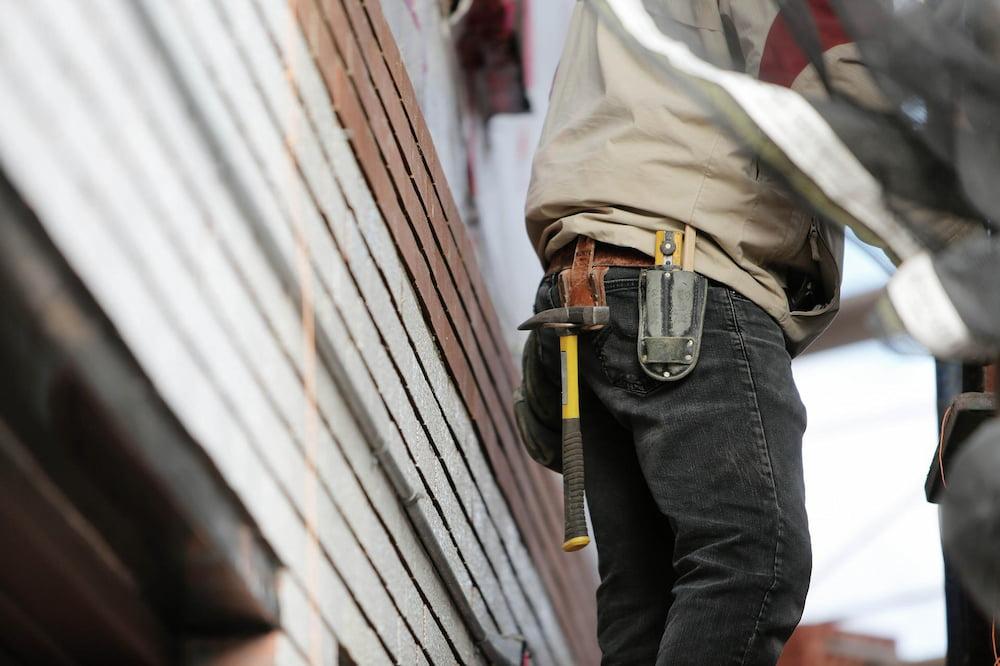Is Silicone Required for Suction Cups to Stick?
Suction cups are must-have tools for professional glaziers, coming in a wide range of shapes and sizes, all with various lifting capacities. These are handy tools with a surprising amount of different uses - not just for glass.
To discover more about suction cups and whether or not silicone is required for suction cups to stick then keep reading for more below.
What Are Suction Cups?
A suction cup is a tool that is used for lifting and carrying large pieces of material - most commonly glass as they are often referred to under different names. The various names of a suction cup can include; glass suction pad, a glass suction cup and glass lifting tool. Other names they can also be called are suction lifters, vacuum lifters, or suction tools.
Glass suction cups be used to lift other large, heavy and awkward objects to carry and lift such as large panels of hard plastics, marble and metals. They are also particularly useful for carrying objects like mirrors, kitchen countertops, appliances and furniture too.
How Do Suction Cups Work?
Suction cups are made out of really strong flexible material that can be either rubber or silicone which allows for the cups to be pushed onto a surface easily. Although the material of them means they are strong enough to secure a strong suction and hold.
Suction cups are both operated by hand, though you can get some larger-scale suction cups that have to be operated by hoist or machinery. This would be for large-scale lifting - mostly used in commercial building and glazing jobs.
Why Are Suction Cups So Useful?
Suction cups are useful in carrying the examples listed above as they allow the user of these handy tools to manoeuvre materials and objects safely. This is the main and most important advantage of using a suction cup. Materials such as glass panels, mirrors or kitchen countertops can break easily if knocked in the wrong spot and they do tend to break, snap or crack in some way if not handled correctly. Suction cups take that stress away from the material and allow it to be handled safely, minimising the chance of breakage or damage.
Different Shaped Suction Cups
Suction cups come in a variety of different shapes and sizes which are good for gripping onto different surfaces and for holding different weights too.
Standard
We have the standard suction cup that is most likely to be found in most tool boxes, suitable for lifting flat and only slightly uneven surfaces - but mostly flat. This type of vacuum cup can suction quickly due to its small size and lifting capabilities. The typical use for this suction cup will include on surfaces such as glass, metal and plastic.
Bellows
These are for use on domed or round surfaces. Their ability allows them to compensate for domed surfaces, unlike many suction cups can.
Oval
Oval suction cups are suitable for slim, oblong workpieces such as profiles and pipes. Despite their relatively small dimensions, oval vacuum suction cups can generate higher forces than standard suction cups. These are great for handling all kinds of thin and curved objects.
Extra Deep
Suitable for handling round or domed workpieces. Extra deep vacuum suction cups can be seen as a compromise between standard cups which perform best with flat-surfaced objects. These extra deep cups are good for handling even heavily corrugated surfaces or surfaces with a big curvature.
Silicone Suction Cups
Silicone suction cups are seen as a good choice for handling injection moulding which is a manufacturing process by injecting molten material into a mould. Silicone can handle both hot moulded parts as well as frozen thanks to its impressive temperature range, -30 to 180°C.
A plus to silicone suction cups is that they do not leave marks on surfaces, a common issue with nitrile-rubber cups. Although silicone cups cost between 30% and 50% more and their wear resistance is very poor and for high-stress applications, they won’t be acceptable.
For industrial and high-temperature applications a standard rubber vacuum suction cup would be best in this instance.
What Is it That Makes Suction Cups Stick?
Suction cups work when being manually pushed onto a surface (if it is a handheld device). They work by pushing out the negative air pressure to adhere to any non-porous, smooth clean and dry surfaces, therefore creating a partial yet strong and secure vacuum to the suction cup and the surface.
Since the air pressure inside the cup will always try and equalise itself when a vacuum is formed, the air will be forced out which means any spare gaps will be naturally filled with air.
What Happens If Pressure Is Lost?
If air can work under the edge of the suction cup, the seal will break and the suction cup will lose its suction. The level of suction and the time the suction can hold will depend largely on the type of device you are using. It is important not to overdo or overuse the hold in a particular suction as the loss in pressure will allow the glass or whichever material you are using to fall.
This will result in the material to break or worse still which can be dangerous - especially if someone is fitting windows in a high-rise building like a commercial office space or a block of flats.
We have a whole blog post about the lifting capacities of suction cups here at GGR Glass which can be found on the blog section of our website plus lots of informative blog posts about the tools that we stock.
GGR Glass
GGR Glass sells a variety of glazing tools that can help you. Whether you are a professional glazier who requires the need to use suction cups every day or if you are new to learning about suction cups and their many uses. We have a large range of suction cups and specialist cups for you to browse through.
Check out everything we have to offer on our website including suction cups and the many other tools that we provide to the glazing industry.
Feel free to contact us for any help or advice and our experts will be happy to assist you.






